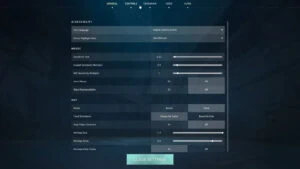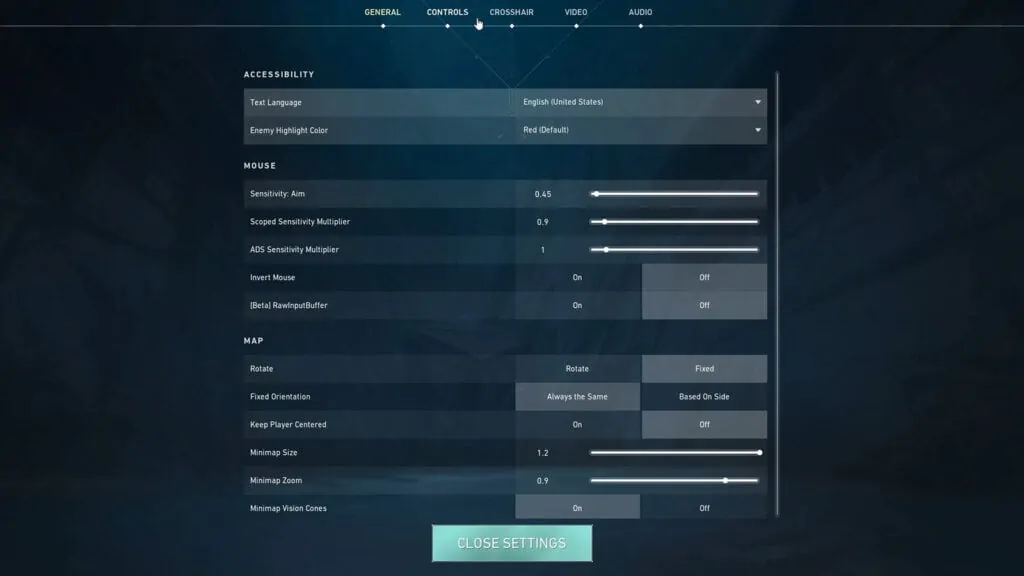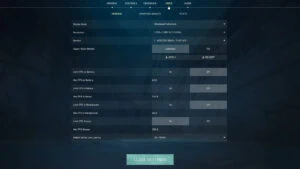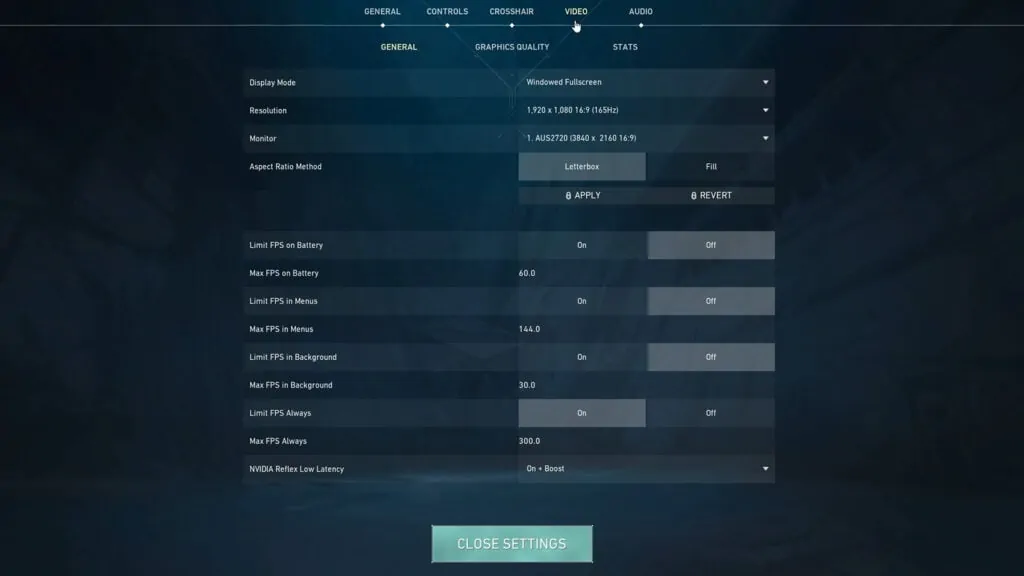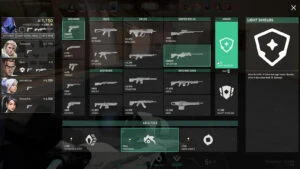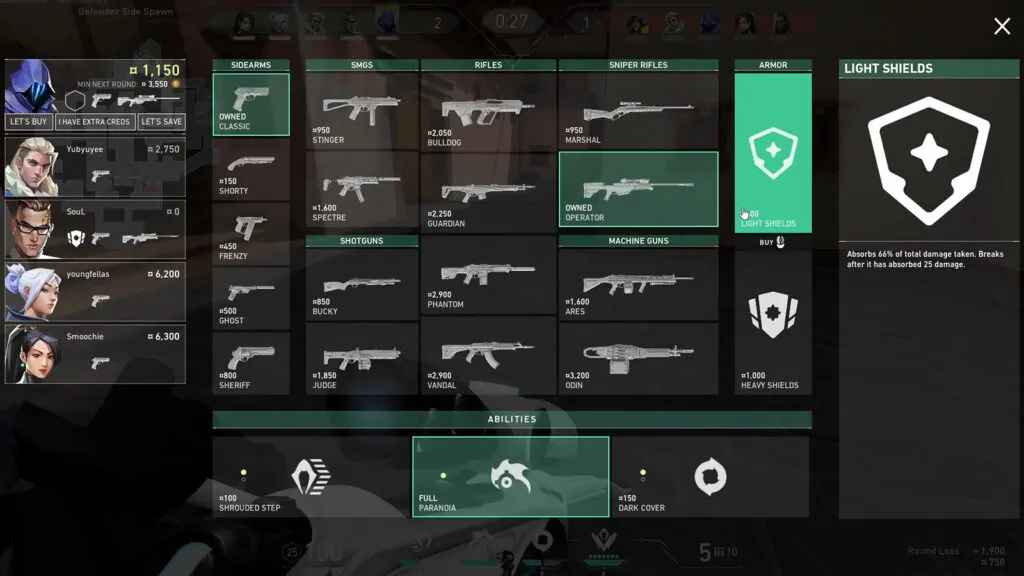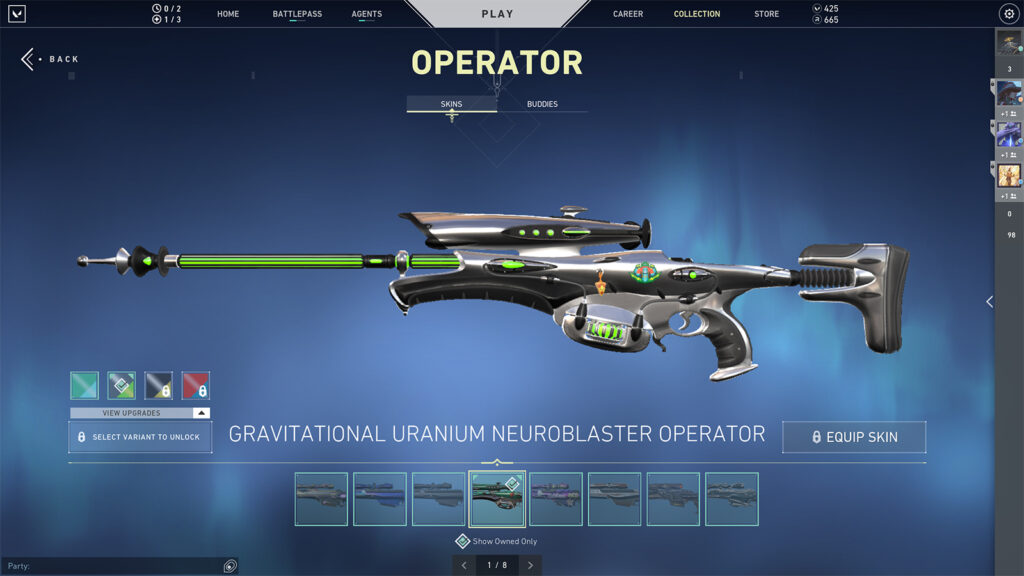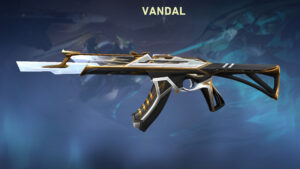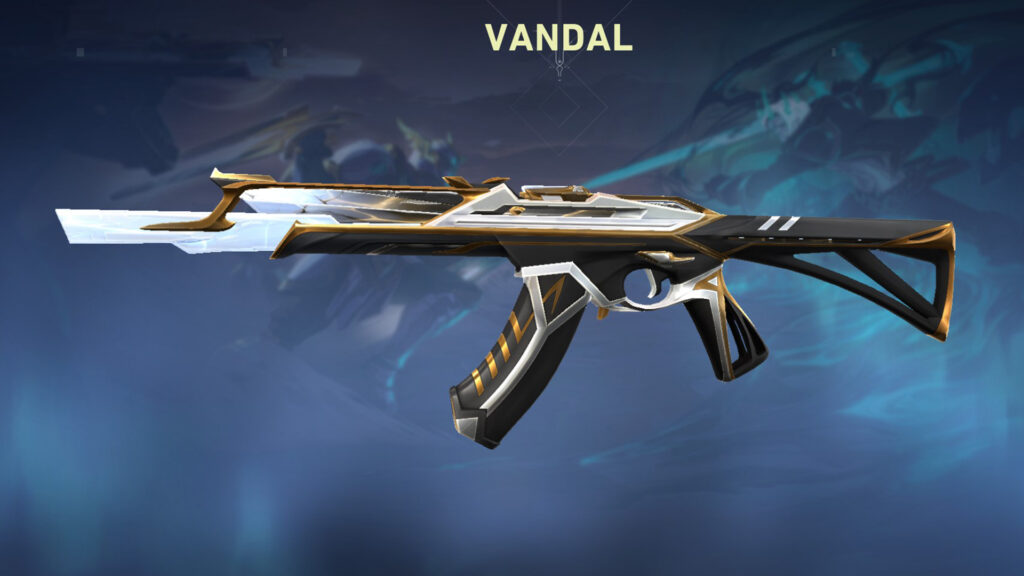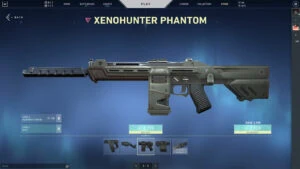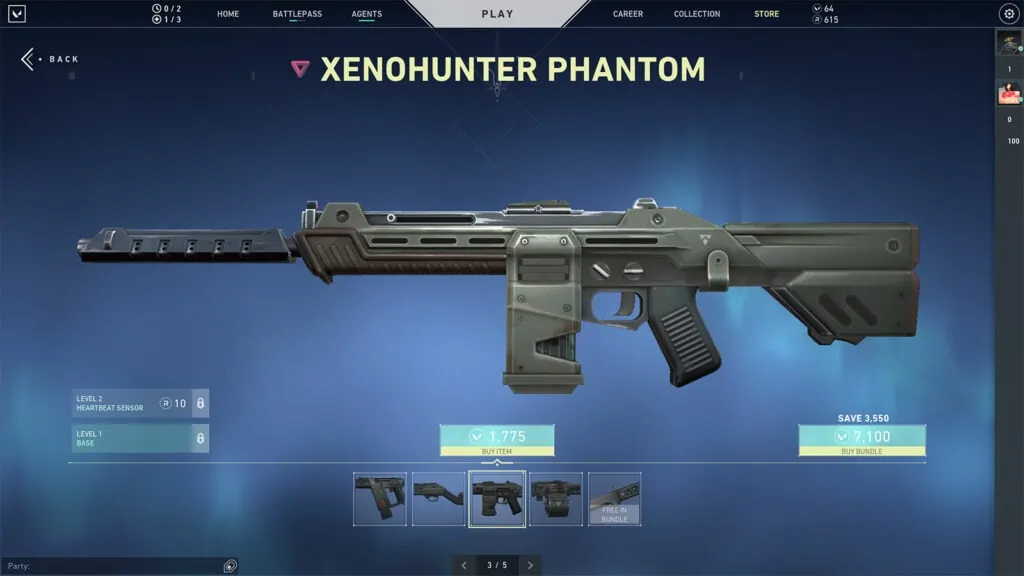Updated on November 30, 2:00 p.m. (GMT+8): Updated for relevancy based on the most recent Valorant patch notes.
Playing any competitive game can be daunting, but with the right attitude, mindset, and settings, you’ll be well on your way to mastering Valorant.
You’ll need to start from the basics if you’re new to competitive first-person shooters. Before you jump into the game, spend some time tweaking your in-game settings to give yourself the best chance at success.
Once done, you can start looking into the different aspects of Valorant, including aiming, movement, and communication. Each facet will take time to learn and master, and this guide will help you speed up the process and get you on a fast track to success in Valorant.
How to play Valorant
Know your in-game settings
Before you start playing, you need to review your settings.
Make sure your mouse sensitivity, controls, and communication settings are all correct. Most players go through many changes in their settings, and through trial and error, they find what works best for them, and so should you.
Before you even start playing, pick your preferred resolution. Most players play on the native 1920×1080 (16:9), but you can try different resolutions and find one that works best for you.
Also, make sure to adjust your refresh rate. By default, the game should detect your monitor’s refresh rate, but make sure you’re on at least 144hz or 240hz if you have a monitor capable of supporting those refresh rates.
A major aspect of Valorant is aiming, and finding the right mouse sensitivity will play a big part in your success in Valorant.
First, you should determine how you’re aiming. If you’re relying on wrist movement, you can opt to play on high sensitivity — 1 or above. You’ll be able to hit your targets a lot faster if you can control your aim on high sens.
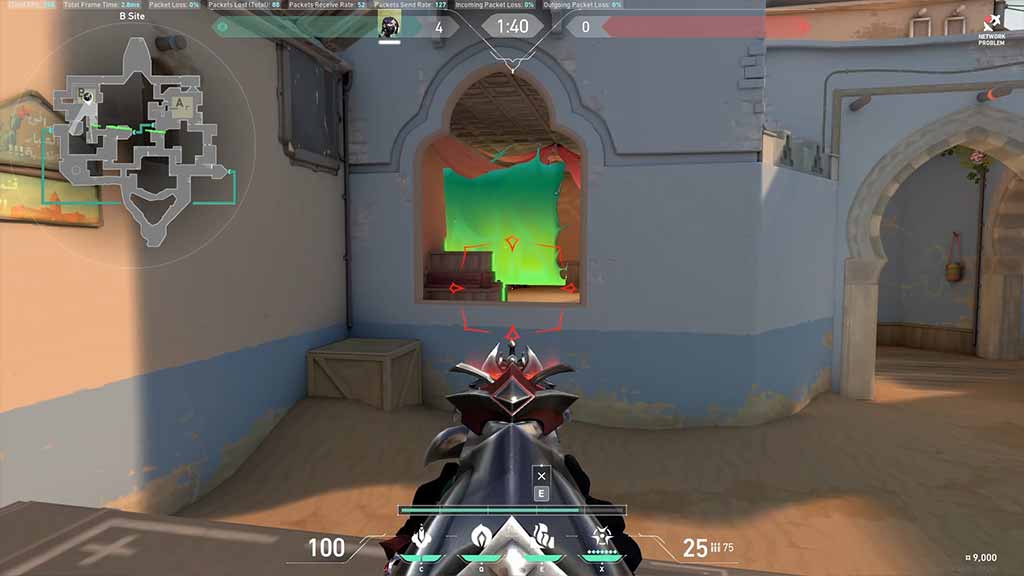
If you’re using your entire arm to aim while swiping from one end to the other on your mouse pad, it’s recommended that you play on low sensitivity — 1 and below, because low sens gives you more control when you get your target on your crosshair. Note however, that it could potentially delay you from getting on target.
Another way to fine-tune your sensitivity is to try the skills test in the practice range. If you zero in on your target but you end up moving past it, your sensitivity is probably too high. On the other hand, if you stop short of getting your crosshair on your target, then your sensitivity is too low.
In terms of controls, pick out a comfortable layout. Remember your hotkeys and make sure you don’t unbind important controls like crouch or jump. In regards to graphic quality, you can set them too low so the game runs smoother.
Your communication hotkeys are also important since you’ll be making callouts while playing.
If you already play another FPS, head to this website to calculate your equivalent Valorant sensitivity.
Know your agents

Each Valorant agent falls under a different class, and all of them have four unique abilities.
Duelists are agents that excel in getting frags. Their abilities are geared towards maneuvering or blinding their opponents.
Controllers are the best agents at denying the enemy team information. They do this by blocking their opponent’s line of sight.
Initiators have abilities that allow them to gather information. They can set their teammates up by revealing the enemy team’s location with their recon abilities.
Sentinels are defensive experts who can lock down areas and watch their team’s flanks.
Brimstone, Jett, Phoneix, Sage, and Sova are the five agents that are immediately available for players for free.
Always remember to have a good balance of agents from different classes. Each class has a specific role to play in certain situations.
Duelists are ideally the first ones running into the site, while initiators support them. Controllers are there to block vision, while sentinels watch the flanks and anchor sites on defense.
Mechanics to keep in mind
The most important thing to remember when playing Valorant for the first time is that the enemy team is always listening. Running in Valorant makes a loud and distinct audible sound that gives away your location, so you want to hold Shift to walk, which is silent.
If you want to run faster, put your knife out. It will, however, put you at risk if you run into an enemy, which is why knowing where your opponents are on the map is a major aspect of competitive shooters like Valorant.
There are different types of peeks you can try to throw your opponents off. There are jiggle peeks, jump peeks, and wide swings. Jiggle-peeking is one of the safest ways to gain information since you’re not completely moving out of cover — you’re simply peeking halfway out of cover.
Jump peeking is another way to gain information since you can’t hit an accurate shot while in mid-air. Have your knife equipped to help build up your movement speed and jump from cover and try to land where you jumped from.
When you’re doing info-gathering peeks, you can see on your minimap there was an enemy that was caught on your screen. You might not have seen it on your screen, but every time you see an opponent, they will show up on your team’s minimap.
Wide peeking is when you run out of cover, and take an extra step or two before stopping to shoot. This peek will force your opponents to adjust their aim on a moving target.
Understanding the minimap
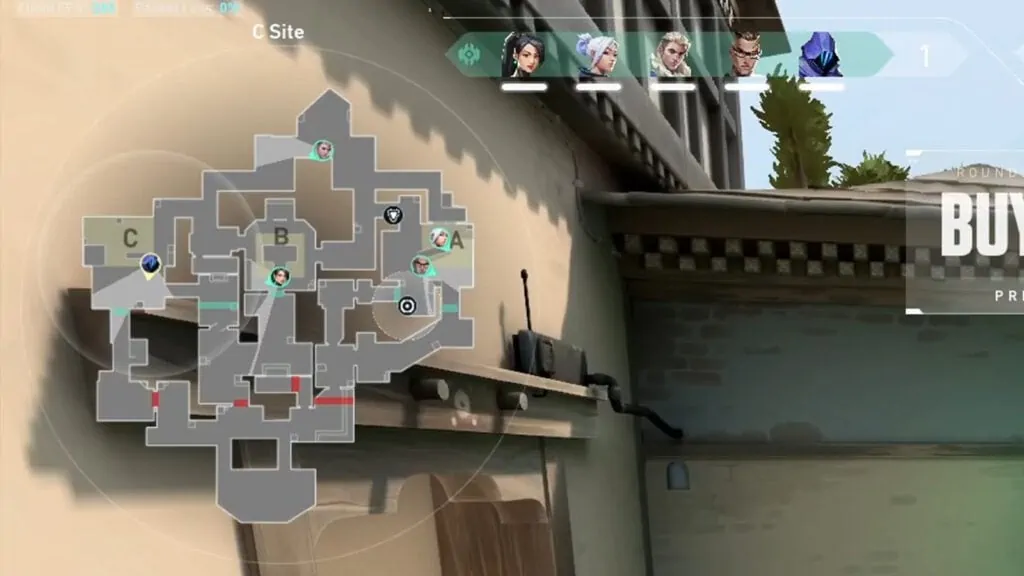
The in-game minimap on the upper left of your HUD will show your team’s location at all times in the round.
This will be an important tool if your team is split up, so always communicate with your teammates. Ask them when to push or when to rotate to get the jump on your opponents.
You can set the minimap to a static position or auto-rotate based on your direction. You can also adjust the degree of zoom.
What to buy at the start of each round
In the first round (pistol round), you’ll have 800 credits to spend. If you’re playing passively and waiting for your teammates to make the first move, you could opt to buy half shields and spend on abilities.
In the later rounds, when you’re team isn’t saving, and you have enough credits, buy full shields and a weapon you prefer.
Our recommendations are either the Phantom or Vandal, two of the most popular weapons in the game. Both are excellent mid-range rifles with high damage even at long range.
Once you’ve gotten used to the basics, look into our Valorant terms and calls guide and economy guide.
READ MORE: Valorant Economy Guide: How to earn credits and what to buy with them

